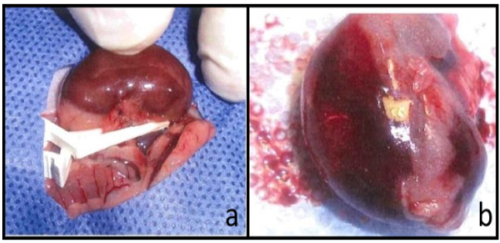Objective: This study aimed to investigate the effect of stone density on the success of
ureterorenoscopy (URS) and retrograde intrarenal surgery (RIRS).
Materials and Methods: The data of patients who underwent URS or RIRS due to kidney
and ureteral stones between January 2013 and March 2018 were retrospectively screened. For
all patients, age, gender, comorbidities, the American Society of Anesthesiologists (ASA)
score, the presence of preoperative double-J (DJ) stents, extracorporeal shock wave lithotripsy
(ESWL) history, ipsilateral stone surgery history, the presence of renal anomalies, stone
laterality, stone opacity, stone density, stone size, stone volume, operative time, stone-free
status, and the presence and size of residual stones were recorded.
Results: The study included 566 patients who underwent URS or RIRS, including 186
women (32.9%) and 380 (67.1%) men. The mean age of the patients was 47 years. The mean
stone size was 10 mm, and the mean stone density was 886 Hounsfield units. The mean stone
volume was 426.13 mm3. The mean operative time was 31 minutes. The stone-free rate was
89.4%. Stone density, stone size, and stone volume were positively correlated with operative
time (p

